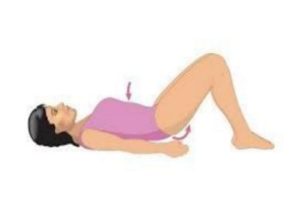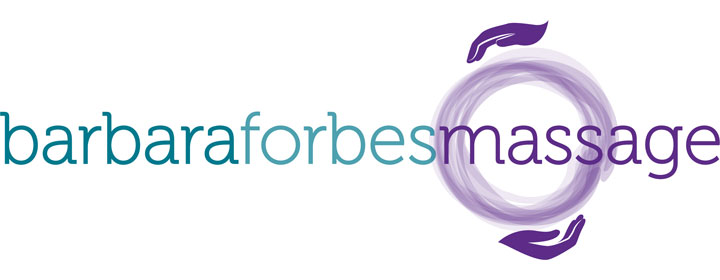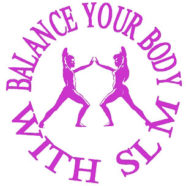Back stretches when done on a regular basis will maintain the flexibility of your spinal ligaments, muscles and fascia. Maintaining back mobility by doing a few regular back stretching exercises is extremely important in terms of preventing back pain.
Why do back stretches? .. Back stretches are necessary to maintain:
- Maintain joint mobility and good health
- Sustain good posture
- Normalise forces on spinal discs
Can stretching your back prevent back pain?
Stretching your back will prevent mechanical back pain that results from shortening soft tissues. This is called a dysfunction. A dysfunction results when a spinal segment or segments lose their range of motion. This is usually a progressive condition that develops slowly over the course of years through the maintenance of poor postures.
By stretching your back on a regular basis you stretch the ligaments as well as the muscles and prevent the shortening that leads to dysfunction.
The following back stretching exercises are suitable for a generally healthy population, however, if you have pain or an underlying pre-existing condition please consult your GP to see if these back stretches are appropriate for you.
Knees to chest stretch
- Lie on your back on a bed or on the floor with your head on a pillow.
- Bend your knees up so that your feet are flat on your floor.
- Grab hold of both your knees and slowly pull them up toward your chest. If you have discomfort in your knees doing this you may grab the back of your thighs. If your abdomen gets in the way then spread your legs apart and pull up. Keep your neck and shoulders relaxed during this stretch and breathe normally.
- Slowly straighten your arms while continuing to hold onto your knees. Repeat the above ten times
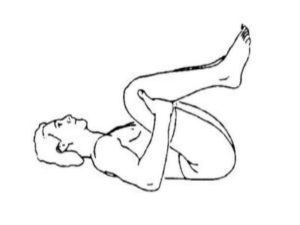
Back extension in Lying
- Lie on the floor or your bed face down.
- Put your hands at your sides at shoulder level like you are going to do a push up.
- Whilst keeping your back relaxed and hips on the floor, push your shoulders up and straighten your arms.
- Exhale when you reach the top and let your mid back sag as you exhale.
- Slowly lower yourself to the starting position. Do not hold this position, but simply repeat the up and down motion 10 times.
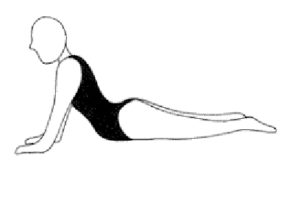
Kneeling Lumbar Flexion
- Kneel down and sit on your heels.
- Keep knees about hip-width apart.
- Place your hands on your thighs.
- Slide your hands down your thighs onto the floor in front of you supporting your weight as your trunk moves down toward the floor. If you are able to you may rest your forehead on the floor.
- Breathe deeply allowing your back to relax and Hold this position. for 30 to 60 seconds.
This is a gentle stretch for the lumbar extensors. Also being stretched are latissimus dorsi, teres major, lower trapezius, gluteals, lumbodorsal fascia, part of the quadriceps, and ankle dorsiflexors.
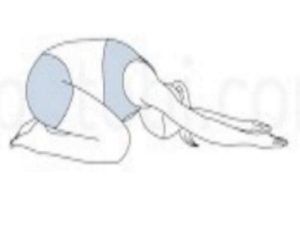
Pelvic Tilt
- Lie on your back on the floor with a pillow under your head.
- Bend your knees so that your feet are flat on the floor.
- As you lay there you will notice there is likely a space between your lower back and the floor. Tighten your abdominal muscles by pulling your naval in and lifting your tail bone up.
- Your pelvis should still be on the floor but you should be able to feel your lower back against the floor.
- Hold this position for 10 seconds, and repeat 10 times.
